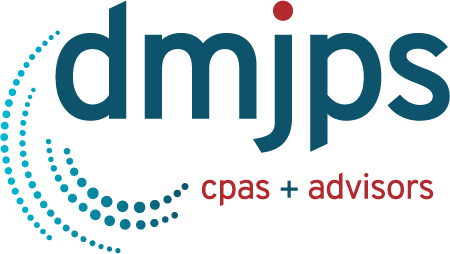Nonprofits face a lot of demands. They often have limited resources when it comes to both financial and human resources. The accounting team usually not only supports general operations but it also has to fulfill the demands associated with regular reporting and periodic audits. A nonprofit reports to a variety of stakeholders, including donors, auditors and grant agencies. It must also answer to its Board of Directors and management.
The finance team faces a lot of demands, but if things get behind or unorganized, it can mean disaster for the entire organization. Not only can a Board not make informed decisions based on accurate or timely information but donors and lenders may also lose faith in the nonprofit’s ability to be a good steward of funds.
Nonprofits seem to face the same concern areas time and time again. Having accurate training and good habits can make a world of difference for finance teams in nonprofits and the organization as a whole.
This quick guide provides a few “hot button” issues for nonprofits, including suggestions on how nonprofits can implement these best practices.
1. Keep up with timely reviews and reconciliations.
It is easy to get behind, especially in the context of operating a busy nonprofit. However, having a policy that requires the books to be reconciled monthly can be very useful. It not only allows for better, more accurate tracking but it also avoids a lot of scrambling when the nonprofit has to go through an audit.
A good rule of thumb is that you should go through the bank reconciliation process every month. The person that reviews the bank statements should not be the same person who goes through the receipts and disbursement process. This extra level of oversight increases accountability and decreases the potential for fraud and errors.
The accounts receivable in the general ledger should also be compared to the subsidiary ledger on a monthly basis.
2. Create specific policies for asset capitalization and depreciation.
Having written policies can be extremely helpful. It not only creates a sense of urgency and importance but also helps everyone involved stay on the same page.
Your capitalization and depreciation policies should include a requirement to update these schedules regularly—monthly for fixed assets and at least annually for other types of assets. Disposals should have an approval and notification process so accounting records can be updated accordingly.
3. Create a separate tracking method for grant activity.
Tracking grant money usage and dollars in the door is critical. Having a separate cost center in the accounting system will make this cost tracking easier and less prone to errors. When you go to present grant usage, those reports should match the same information you have in your internal accounting system.
Keeping track of grant terms and reporting requirements is critical as well. Ensure you have some kind of calendaring or reminder system to help keep track of these important deadlines.
4. Create a system for year-end adjustments.
Nonprofits should ensure that their year-end adjustment journal entries are made in a timely manner. You should also create a system to review these entries. All entries over a certain dollar amount should be reviewed by someone who is not involved in the activities that triggered the journal entry.
Be sure that all departments are aware of accounts payable reporting period cut-offs. Getting these deadlines right is especially important at the end of the year.
5. Do a periodic review to ensure the nonprofit is still in line with its mission.
Every nonprofit should periodically check to ensure that the direction it is heading is still in line with its mission and values. While this may not be an accounting function per se, it can have accounting implications.
For example, if an agency determines that the nonprofit has veered too far from its stated goals, it could decline to provide further funding. Your tax status might be affected as well.
Do an annual review of all of the print and online materials for the nonprofit to ensure they are consistent with the nonprofit’s mission and goals. If necessary, make changes or updates to adjust.
6. Annually review for unrelated activities or business revenues.
Any activity that is not related to the nonprofit’s goals may need to be separated and segregated for proper reporting. Do an annual check for unrelated and business revenues. These are reported on IRS Form 990-T, Exempt Organization Business Income Tax Return.
7. Do at least annual audits and follow up on any concern areas.
If you use internal audit personnel, be sure that the audit team provides suggestions to management for areas of improvement. Even small areas that might be lacking can be a great way to make further improvements. Continuous internal accounting improvements show a great deal of integrity to nonprofit stakeholders.
If you do not have an internal audit team, you may want to consider engaging a third-party audit firm. You can also engage an independent accounting firm as part of or in conjunction with any external audits you may have. Having an internal audit performed by a third party will help you prepare for your annual audit and address any problem areas before they are reported beyond your walls.
Regardless of how you perform an internal audit, be sure that a summary of the findings is included in a report to the Board of Directors.
With a bit of planning and a few good policies, a nonprofit’s finance team can function much better. These quick best practices will put you well on your way to better financial reporting and control within your organization.
Do you have questions on any of these best practices? Please contact DMJPS.

